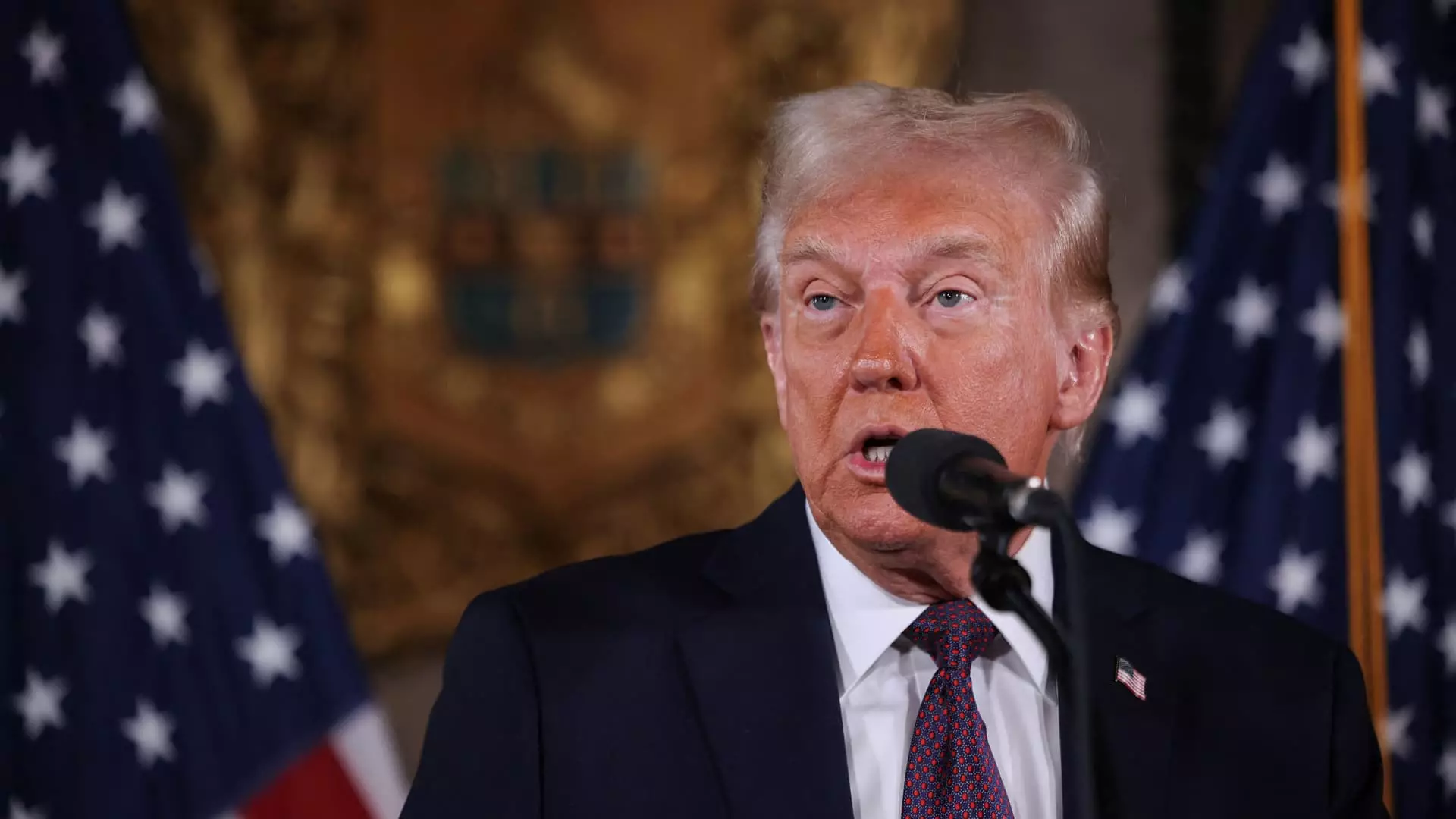In a bold move, President-elect Donald Trump declared a monumental commitment of $20 billion by Emirati billionaire Hussain Sajwani to establish new data centers across the United States. This proclamation was made at Trump’s luxurious Mar-a-Lago estate in Florida, where he lauded Sajwani, the head of DAMAC Properties, as an important ally and investor. The prospect of up to double that initial investment paints a picture of escalating economic collaboration between foreign business giants and the United States under Trump’s administration.
The proposed venture is set to kick off in several key states, including Texas, Arizona, and Oklahoma, expanding to Louisiana, Ohio, Illinois, Michigan, and Indiana. Each of these states offers unique advantages, such as favorable business climates, access to resources, and proximity to key markets, which could facilitate the success of these data centers. This geographical diversity not only underscores the immense potential for job creation in various sectors but also reflects a significant strategy to harness Silicon Valley’s influence and technology prowess outside California.
Sajwani’s investment decision comes in the wake of Trump’s election victory, which he claims has invigorated confidence among international investors to inject substantial capital into the U.S. economy. This sentiment resonates with broader themes during Trump’s campaign and subsequent presidency, where reducing barriers for foreign investments has been a priority. Since the election results, there has been a noticeable pattern of foreign business leaders, such as Softbank’s Masayoshi Son, vowing hefty investments in American infrastructure and job creation, compelling evidence of an economic paradigm shift as a result of Trump’s electoral success.
Trump’s administration applies various incentives to encourage international investors. By expediting the permitting process for investments exceeding $1 billion, the government aims to make the U.S. market more attractive to foreign enterprises. This strategy could streamline bureaucratic hurdles that often hinder domestic growth, making it simpler for entrepreneurs to establish their businesses. The implication is that such incentives are tailored to foster an environment conducive to large-scale foreign investments, promoting economic growth and technological advancement.
The implications of Sajwani’s commitment and similar investments are profound. Not only do they signal a reinvigorated interest in the U.S. market from abroad, but they also offer the potential for substantial job creation and economic revitalization in targeted regions. Moreover, this trend could attract further investments, creating a snowball effect that might transform the landscape of American business operations.
As President Trump prepares to assume office, the spectacle of international business leaders like Hussain Sajwani stepping forward with massive investment pledges raises a critical question: Will this influx of foreign capital stimulate sustainable economic growth while enhancing America’s competitive position on the global stage? The coming years will likely provide valuable insights into this evolving dynamic.


Leave a Reply